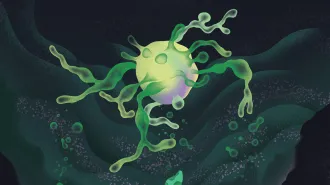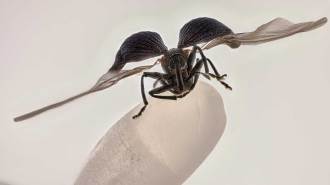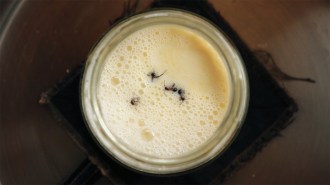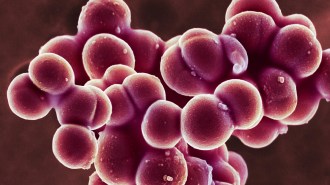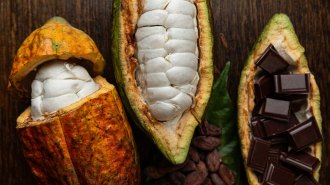A new gel could help in the fight against deadly, drug-resistant superbugs
Ointment cleared wounds in mice and human skin samples of MRSA, other tough bacteria
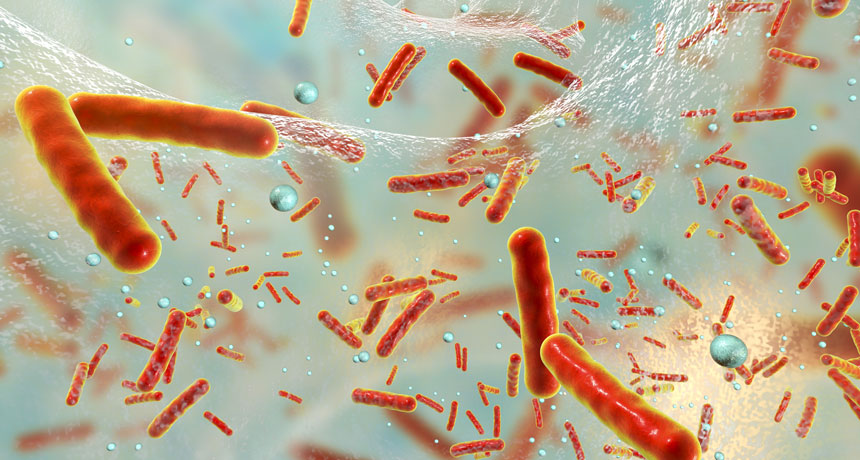
ANTIBIOTIC UPPER HAND A new antibacterial ointment prevents communities of pathogens from forming slimy substances called biofilms (illustrated), where bacteria are shielded from antibiotics.
Kateryna Kon/Shutterstock
